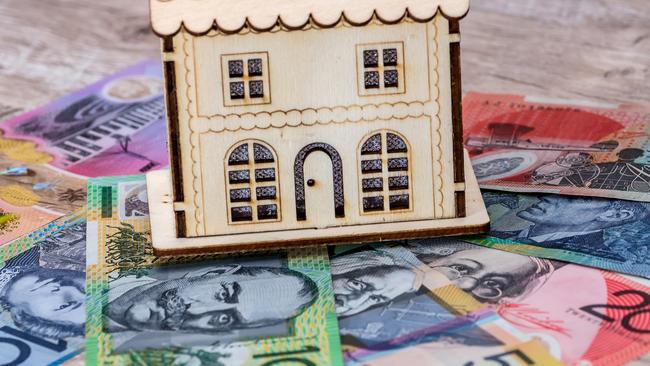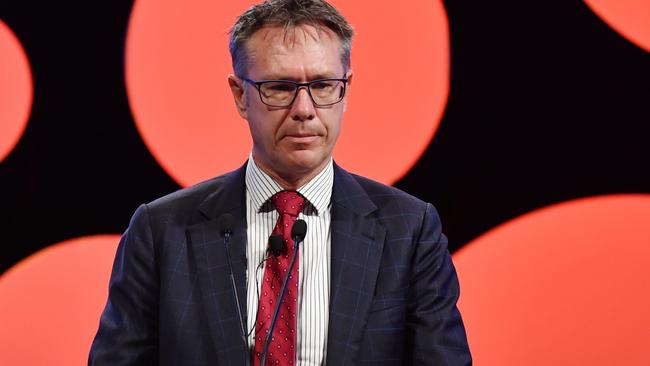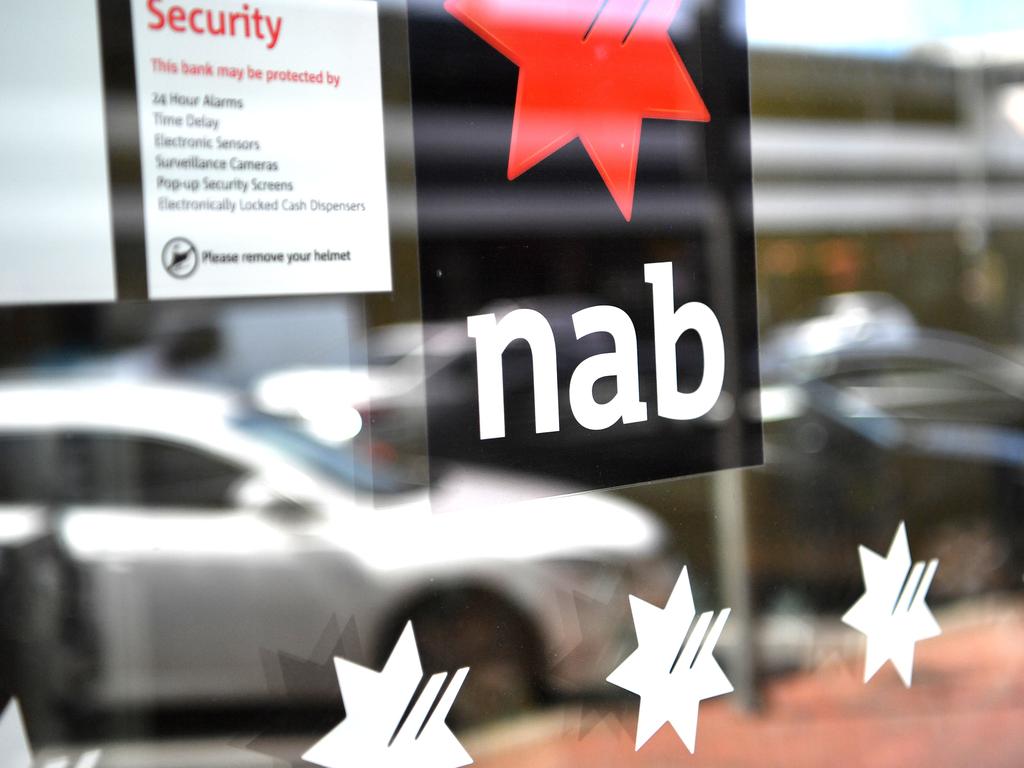
In a speech to the Australian Industry Group, RBA deputy governor Guy Debelle expanded on governor Philip Lowe’s comment after the September board meeting that the central bank “continues to consider how further monetary measures could support the recovery”.
In what some economists saw as a signal that further monetary policy easing may occur as soon as next month’s board meeting on October 6, the same day as the federal budget, Debelle outlined what he described as the “possibilities for further monetary policy action should the Reserve Bank Board decide that is warranted”.
While better-than-expected August jobs data indicated that the labour market could do better than the RBA’s forecast that the unemployment rate would hit 10 per cent by year’s end, the pre-pandemic jobless rate of 5 per cent was not low enough to generate sufficient wage growth consistent with achieving the inflation target, Debelle noted.
“Given the outlook for inflation and employment is not consistent with the bank’s objectives over the period ahead, the board continues to assess other policy options,” he said.
The dollar fell from US72.35c to US71.92c during Debelle’s speech, which included his observation that “a lower exchange rate would definitely be beneficial for the Australian economy, so we are continuing to watch developments in the foreign exchange market carefully”.
The dollar later hit a three-week low of US71.55c as the US dollar index hit a six-week high as a resurgence of the coronavirus in Europe and the US sparked risk aversion in global markets.
While “foreign exchange intervention is another potential policy option”, Debelle noted that because the exchange rate was “broadly aligned with its fundamentals, it’s not clear this would be effective in the current circumstances”.
But Debelle outlined other monetary policy levers — including supplementing its three-year bond yield target by buying longer-dated government bonds, cutting its targets for the cash rate, the three-year bond yield and the RBA’s term funding facility (TFF) from the current level of 0.25 per cent, or adopting negative interest rates, which could indirectly hurt the exchange rate.
NAB chief economist Alan Oster subsequently changed his view on the monetary policy outlook to predict more RBA policy easing, including rate cuts and QE. Oster now sees “significant risk of the RBA easing policy further” by cutting the cash rate, three-year yield target and TFF rate by 15 basis points to 0.1 per cent and potentially also trimming the remuneration on the bank’s exchange settlement balances.
“We also expect the RBA to announce outright QE purchases in the 5-10-year area of the curve, so as to lower longer-dated rates to provide stimulus via the portfolio rebalance effect and a lower Australian dollar,” Oster said.
“Different to yield curve control (YCC), this would likely require a nominated quantum of bond purchases per period to be announced.
“NAB expects these further easing measures to be announced at either the October or November board meetings, noting that the October board meeting is the same day as the budget, while the November statement on monetary policy after the November board meeting could be an avenue to communicate its messaging to a wider audience.”
Nomura Australia interest rates strategist Andrew Ticehurst said his estimate of the chance of the RBA easing at its October 6 meeting had risen significantly.
While he still expected the RBA to cut the cash and three-year bond yield targets to 0.1 per cent, Ticehurst also saw a probable cut in the TFF to 0.1 per cent.

He said the RBA would be more comfortable cutting the cash and three-year bond yield targets as it would be less direct intervention than outright QE and would lower bond yields, while cutting the TFF rate. It would also lower costs for banks and encourage them to buy bonds for their yield, thereby lowering yields and helping with increased bond issuance.
“An outright QE bond-buying program, further along the yield curve and with a sharper eye on the Australian dollar, remains an option, but more likely in the longer term, if necessary,” Ticehurst added.
Deutsche Bank Australia chief economist Phil Odonaghoe continued to predict more RBA action by February, albeit he now said “the risk is that it comes earlier than February”. He argued the RBA’s favoured option for more monetary policy stimulus would be lowering the cash rate to 0.1 per cent since it was the only option listed by Debelle about which he didn’t discuss any drawbacks.
But a rate cut before February was less likely since the Melbourne lockdown meant that the economic outlook was distorted and the RBA would wait for some “clear air” in the new year before deploying its next easing.
While QE was increasingly likely, Odonaghoe expected it to be deployed separately after a reduction in interest rates.
It came as weekly payrolls data for the fortnight to September 5 revealed the true weakness of the labour market, with a 1 per cent fall since the recovery peak on July 11 implying job losses of more than 100,000 since early August, according to UBS Australia chief economist George Tharenou.
Though overstated due to seasonality, this contrasts with the August labour force survey that boomed 111,000 month on month, albeit driven by “sole traders”’ outside the scope of payrolls if they don’t use the ATO payrolls system.
While the survey showed unemployment fell 87,000 in the month to below 1 million, pre-COVID unemployment was in line with the 700,000 on JobSeeker, which lifted to 1.5 million in August.
“This indicates the ‘true’ labour market is far weaker, with an implied unemployment rate of more than 10 per cent versus 6.8 per cent in the labour force survey,” Tharenou said.







A dovish speech from the Reserve Bank has fuelled speculation of more interest rate cuts and potentially full-blown quantitative easing, contributing to a sell-off in the dollar.